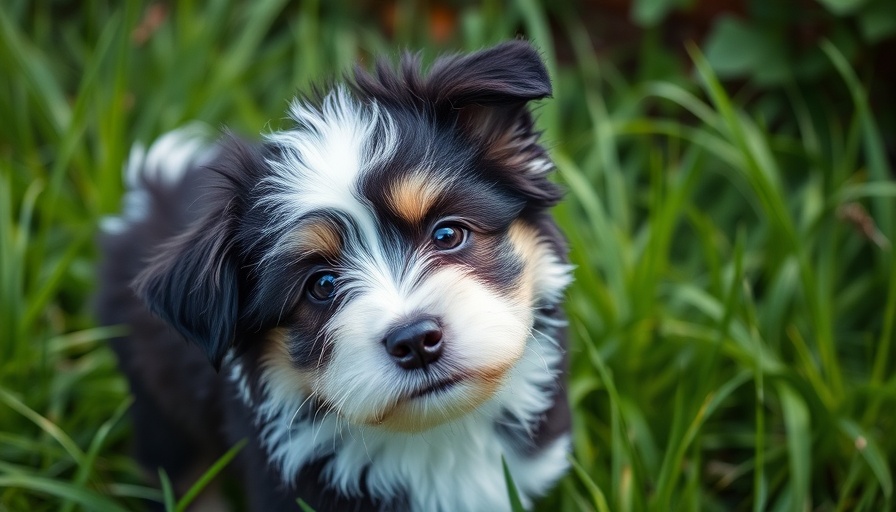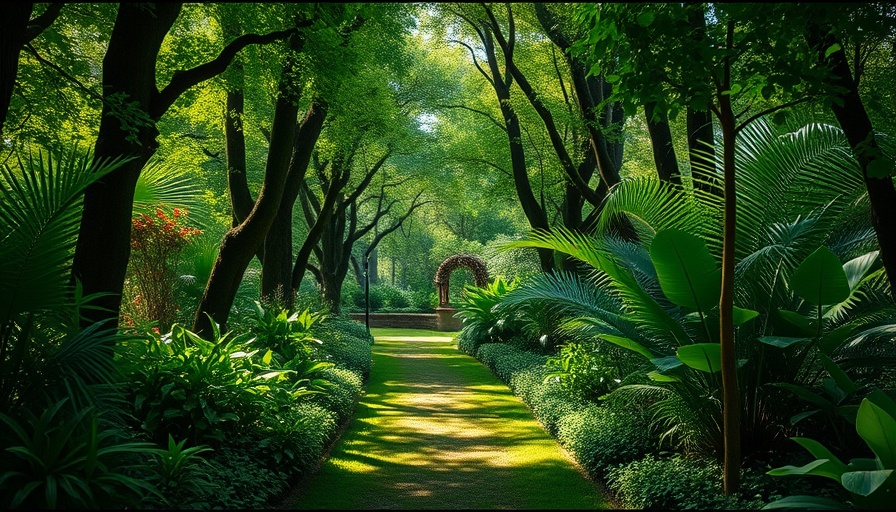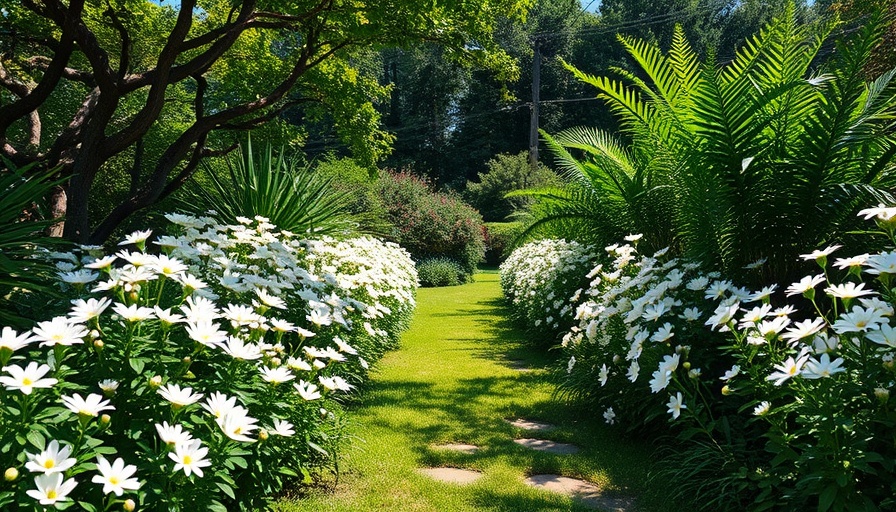
Understanding Toxic Plants and Their Risks
As gardeners, we relish the beauty and bounty of our outdoor spaces. However, for pet owners, the garden can pose risks if certain plants are present. Simplifying the definition, a toxic plant is one that can cause health issues—ranging from mild digestive upset to severe distress—if ingested by pets. It's essential to be aware of which plants can harm our furry friends.
Common Poisonous Plants to Avoid
Several widely enjoyed garden plants can be toxic to pets. Among the menacing culprits are:
- Lilies: Renowned for their beauty, these flowers are extremely toxic to cats.
- Azaleas: Even small ingestions can cause vomiting and significant distress.
- Yew: This plant can be fatal to dogs and cats if ingested, as it affects the heart.
- Oleander: A beautiful yet deadly plant, oleander toxicity can lead to severe symptoms.
- Sago palm: Often found in decorative gardens, this plant can cause liver failure in pets.
Safe Alternatives for Your Garden
For every toxic plant, there are plenty of pet-safe alternatives. Opting for non-toxic options not only keeps your pets safe but can also enhance the beauty of your garden. Consider substituting the following:
- Instead of lilies, choose petunias or sunflowers.
- Replace azaleas with camellias or geraniums.
- For ground cover, use clover or grass instead of yew.
- Consider bamboo which offers a unique look without risking pet health.
What to Do in Case of Ingestion
If you suspect your pet has consumed a toxic plant, immediate action is crucial. Identify the plant ingested, contact your veterinarian, and, if possible, take a sample of the plant with you to aid in their assessment. Early intervention can save your pet's life, ensuring that your gardening remains a joyful experience for both you and your furry companions.
Creating a Safe Gardening Environment
Your gardening practices should reflect your love for your pets. By being informed and proactive about the plants you introduce to your garden, you not only create a safe haven for your pets but also cultivate an environment where all living beings thrive. With a little knowledge and care, you can keep your pets safe while enjoying the beauty of your outdoor sanctuary.
 Add Row
Add Row  Add
Add 




Write A Comment